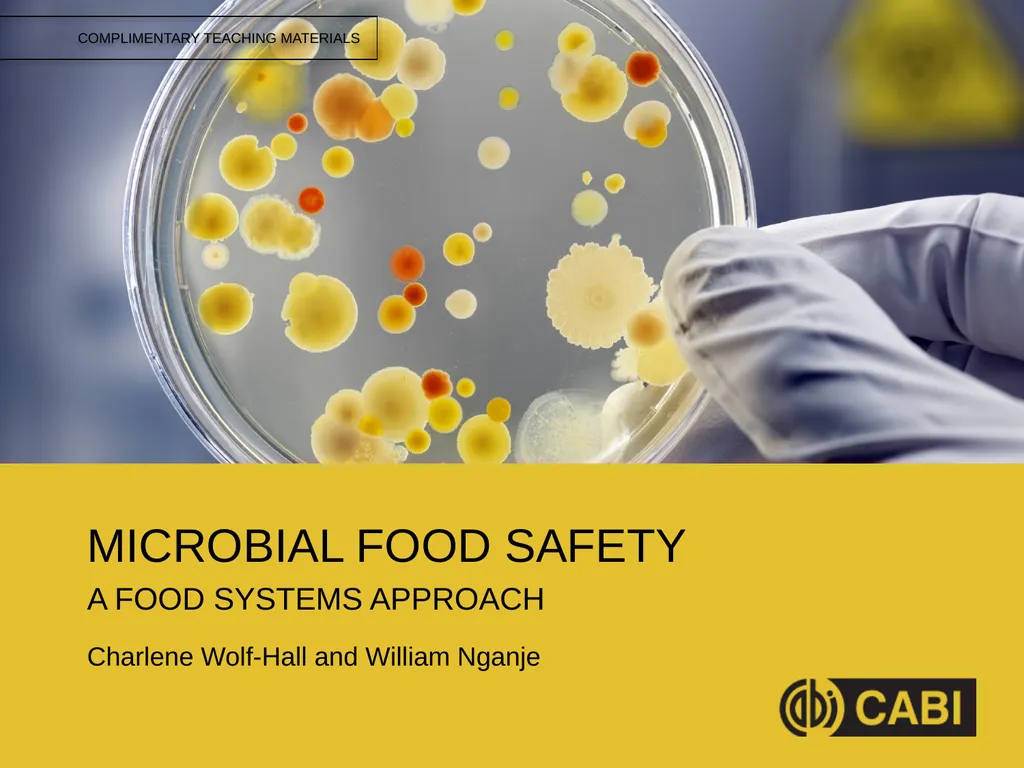
MICROBIAL FOOD SAFETY A FOOD SYSTEMS APPROACH
Author: lindy-dunigan | Published: 2025-05-28
Description: MICROBIAL FOOD SAFETY A FOOD SYSTEMS APPROACH Charlene Wolf-Hall and William Nganje Chapter 14: Impacts on Global Trade and Regulations How do foodborne pathogens and other agents impact trade? How do nations use standards and regulations
Download Presentation
Download the PPT/PDF: Download
Transcript:
Loading transcript…